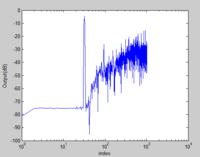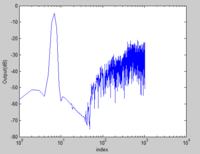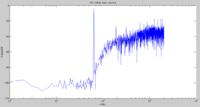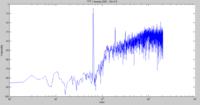Shady Ahmed
Member level 5
Unfortunately , i couldn't use the IDEAL switches.
Ideal switches from analogLib cause large spikes, at CLK transision , when the current should turn from zero to 350uA , it causes a spike about 2 or 3 mA .
So , even when using the IDEAL Switch , the total SNR is nearly the same.
I also tried designing the DAC with switches in SAT region , there is no luck too, SNR may have improved a few dB 's but still, not good.
I don't know what is the problem that i can't see, since that i am sure that Current Steering DAC could work with even higher frequencies than 384 MHz.
Any more help ??
Ideal switches from analogLib cause large spikes, at CLK transision , when the current should turn from zero to 350uA , it causes a spike about 2 or 3 mA .
So , even when using the IDEAL Switch , the total SNR is nearly the same.
I also tried designing the DAC with switches in SAT region , there is no luck too, SNR may have improved a few dB 's but still, not good.
I don't know what is the problem that i can't see, since that i am sure that Current Steering DAC could work with even higher frequencies than 384 MHz.
Any more help ??




